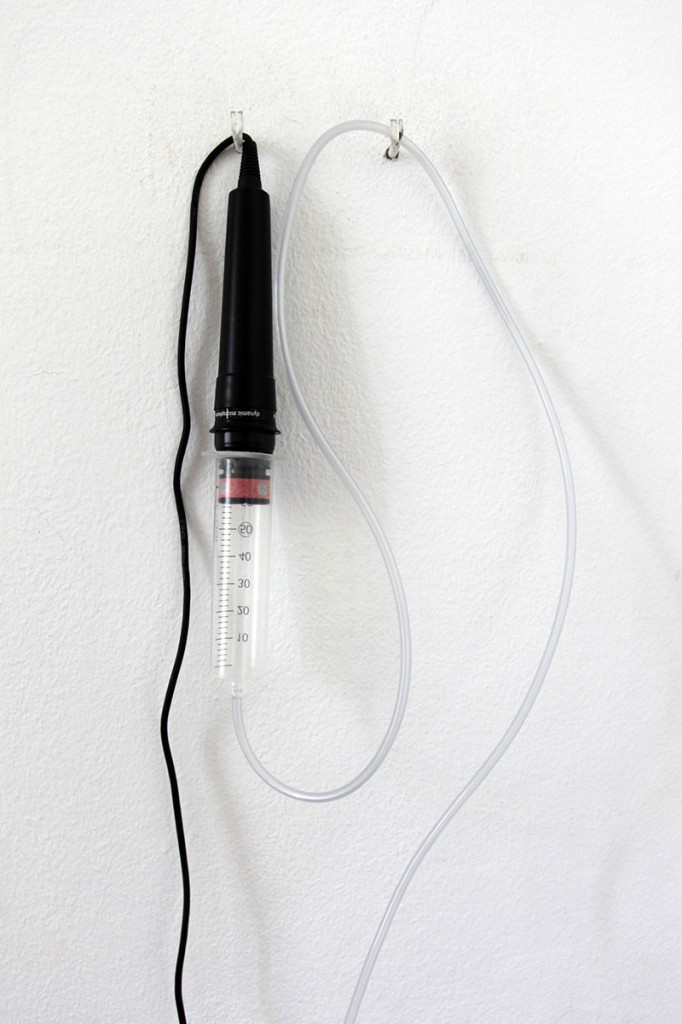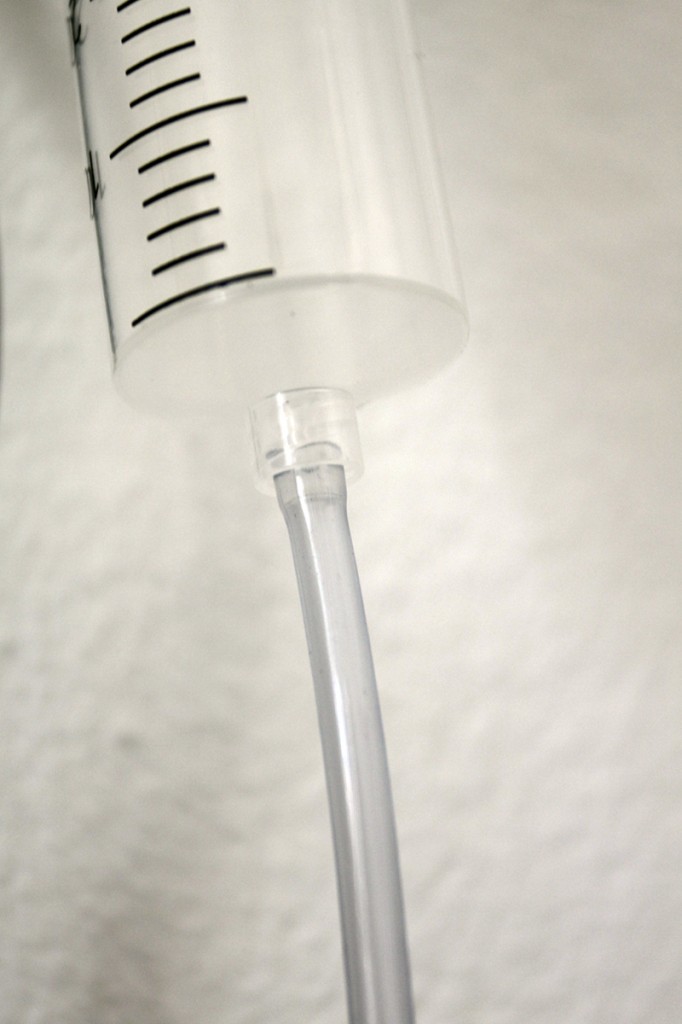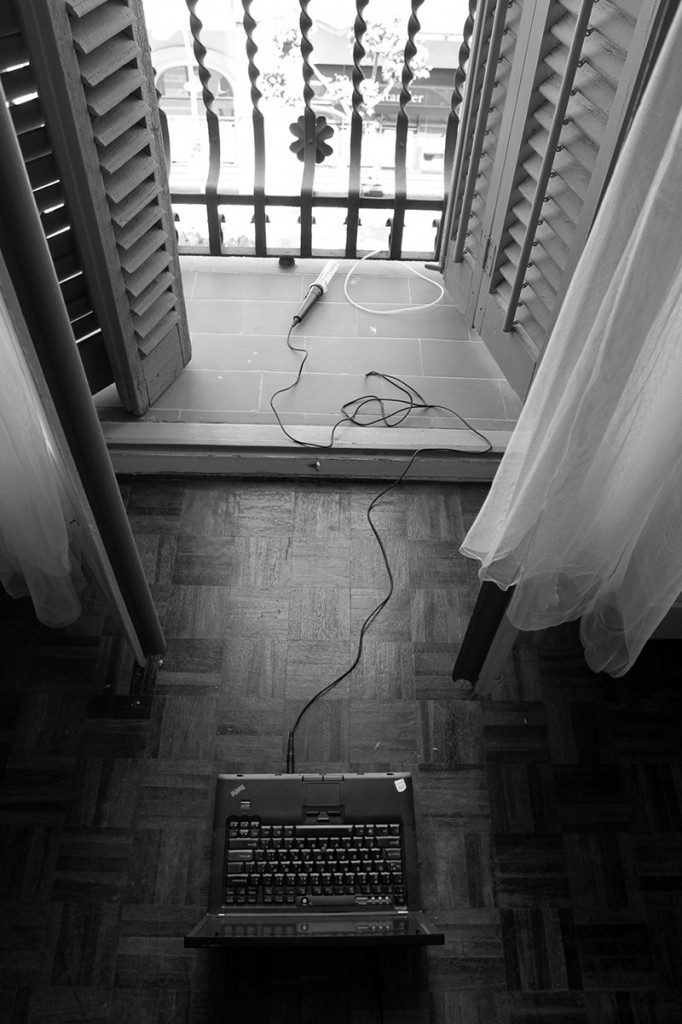1. What initially inspired this line of research?
Invisible sounds are part of the nature. It exist in our environment thus influencing human health and behaviors. But since human audible range is not capable to detect them, the issue is not sufficiently brought up. Proposed solution to the issue is to create and implement public tool that allows precept low frequency noise. Specific technology applied to urban context expands perceptual audible limits of urban sonic environment. At the same time it generates an experience that provides information about noise state in specific area. The project is focused on interest in experimenting technologies that are capable to analyze, transform and harmonize incoming sounds.
2. Input→process→output
- input: non audible low frequency waves.
- transducer: geophone sensor, PC software (maxMSP)
- output: transformed and harmonized sound
3. Your project generates some kind of feedback or is just a reactive piece. Could you describe these levels of interaction or feedback?
Deaf-drops is local independent sensoring network that involves society to be aware what is happening in the environment. Data sharing method is based on espionage dead-drop concept. Sensor ports installed in public spaces are micro devices that stores essential data for receiving data and provides ability to have live audible experience.
Since these sounds are invisible, converting them into specific soundscapes is subjective matter. The goal is to create legible language which is capable to capture essential qualities of incoming data and provide it for open use. That people with different perceptions and cultural backgrounds would be able to use it and create personal and the most comprehensible embodiment of invisible sounds.




